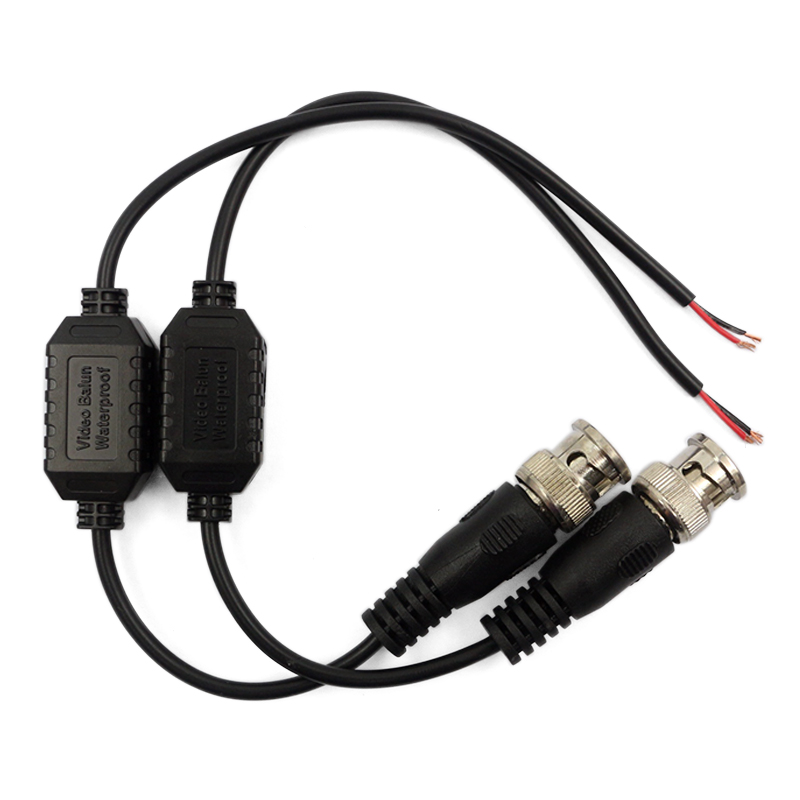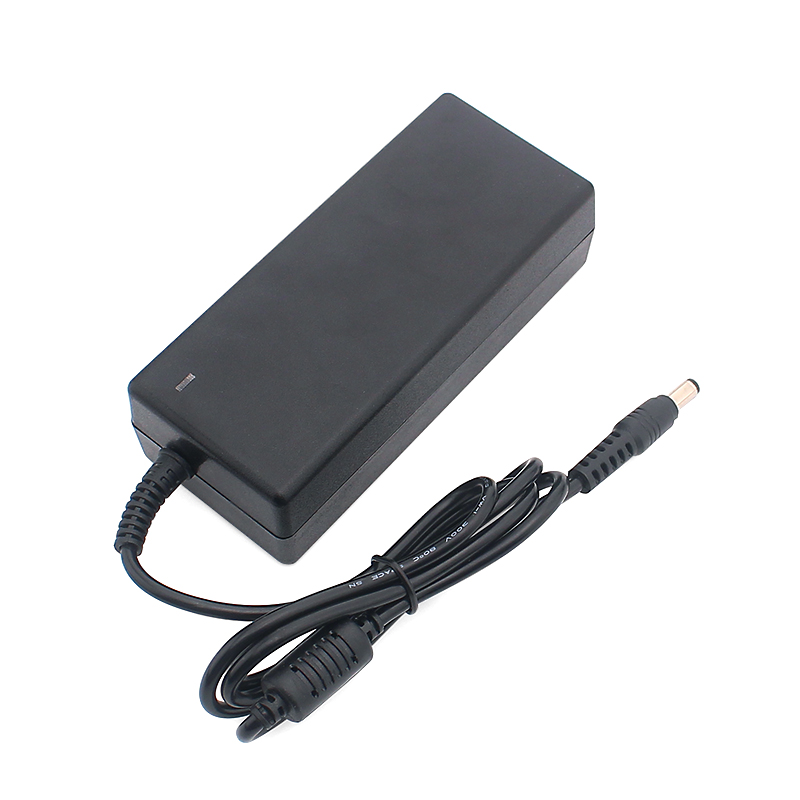Switching Mode Power Supply Overview
 Winkasing
Winkasing  Jul 02,2020
Jul 02,2020
A common issue for a linear power supply is the size and weight of the transformer. The size of transformer is necessary due to the low frequency. The transformer size goes down significantly as the frequency increases for the same power output, and a switching mode power supply takes advantage of this by dividing the waveform of the AC line into small sections and changing these sections to a desired voltage level using a markedly smaller transformer.
The switching element, which is to say a transistor, is either off or completely on (i.e. saturated). For a MOSFET or a bipolar transistor, the voltage drop across the transistor is insignificant, so very little power is wasted there. No power is lost when the element is not on, which is one of the reasons why a switching mode power supply is more efficient than its linear counterparts.
Filter capacitors are sometimes smaller at these higher frequencies and chokes are also more effectual. A common limit for lower frequency is twenty-five kilohertz, which is just above human hearing range, and the upper limit can reach as high as three megahertz. A typical switching mode power supply has frequencies ranging from fifty kilohertz to one megahertz.
Since the waveforms are square waves with an abundance of harmonics, at higher switching frequencies the skin effect and parasitic behaviours become significant. Equivalent series resistance, or ESR, is important as well and can result in inefficiency in passive elements such as capacitors and inductors. In addition, resistors must be non-inductive. The typical switching mode power supply is about seventy-five percent efficient, which is much better than a standard linear power supply, and switching supplies with optimized designs can be as high as ninety-five percent efficient, which is why they are used in computers.
You can also modulate the switching of a switching mode power supply in a number of ways (depending on load conditions). A feedback circuit, which adjusts the timing and switches the MOSFETs on and off, regulates the power supply output.
One disadvantage of using a switching mode power supply is that its higher frequencies and switching create higher levels of radiated and conducted electromagnetic interference, or EMI, which can introduce switching noise into the power line. Furthermore, because the transistor has to switch current, switching mode power supplies often have a difficult time producing low voltages.











